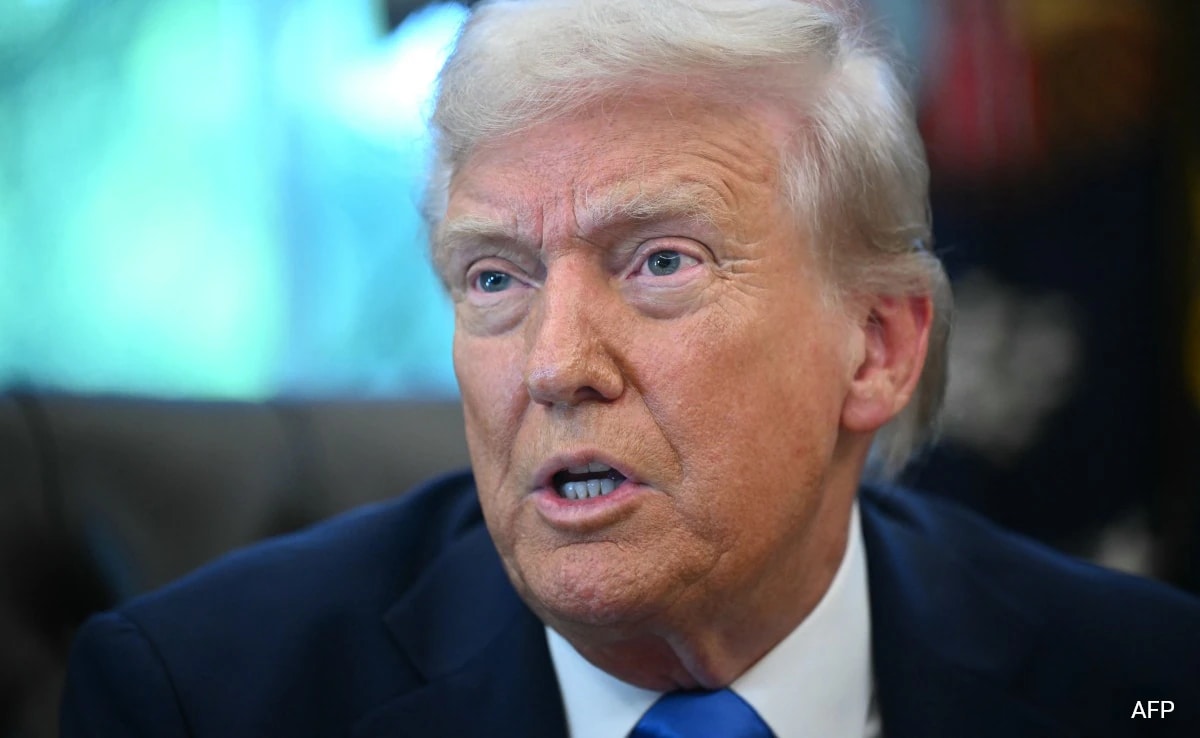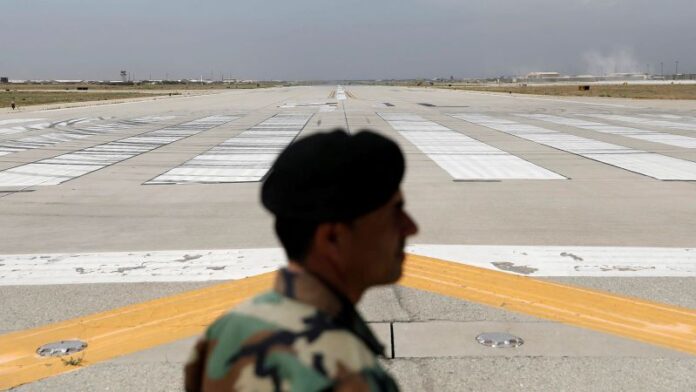Early Negotiations Underway
Former U.S. President Donald Trump is reportedly engaged in preliminary talks with the Taliban over the potential reestablishment of a limited American military presence at Afghanistan’s Bagram Air Base. According to multiple reports, discussions have been ongoing for several months and focus primarily on counterterrorism operations, prisoner exchanges, and possible economic cooperation.
The negotiations are being led by Adam Boehler, U.S. Special Envoy for Hostage Response. Sources told The Wall Street Journal that Washington is considering the deployment of drones and manned aircraft at the strategically significant base.
Trump Confirms Strategic Interest

During a joint press conference with British Prime Minister Keir Starmer, Trump acknowledged the talks publicly for the first time. He emphasized Bagram’s importance.
Trump highlighted the facility’s proximity to China, describing it as “an hour away from where China makes its nuclear weapons.” His comments signal that the administration views Bagram as vital not only for counterterrorism efforts but also for maintaining a strategic foothold in Central Asia.
Taliban Pushes Back on U.S. Return

Despite Trump’s efforts, Taliban leaders have been vocal in rejecting any renewed U.S. military presence. Afghan Foreign Ministry official Zakir Jalaly stated on social media that Afghanistan seeks relations with the United States but without military involvement.
He further reminded that Afghans historically resisted foreign bases and that such an idea was firmly dismissed during the Doha peace talks. Other Taliban representatives expressed defiance more bluntly, with Deputy Minister Muhajer Farahi sharing poetry alluding to past resistance against foreign troops.
Strategic Motivations Behind U.S. Interest
Analysts believe Trump has been pushing since early spring for options to reclaim Bagram. Several key motivations have been cited:
-
Counterterrorism Operations: Establishing a hub to monitor and combat ISIS and other extremist groups in the region.
-
China Watchpoint: Leveraging the base’s location for intelligence-gathering related to China’s nuclear capabilities.
-
Resource Access: Securing potential entry points into Afghanistan’s rich mineral reserves.
-
Diplomatic Leverage: Creating a pathway to reopen certain U.S. diplomatic functions in the country.
Located about 40 kilometers north of Kabul, Bagram was originally constructed by the Soviet Union and later became the largest U.S. installation during the 20-year war in Afghanistan. Before the 2021 withdrawal, it served as the central hub for American military operations and detention facilities.
Pentagon Maintains Caution
When asked about the matter, Pentagon spokesperson Sean Parnell avoided confirming specifics but stated that the Department of Defense consistently reviews contingency plans and stands prepared to carry out missions at the President’s command.
Meanwhile, China has signaled its opposition to foreign interference in Afghanistan. Foreign Ministry spokesperson Lin Jian stressed that “the future and destiny of Afghanistan should be held in the hands of the Afghan people.”
Diplomatic Contacts Continue
Recent diplomatic engagements highlight the complexity of U.S.-Taliban relations. Boehler, along with former U.S. envoy Zalmay Khalilzad, reportedly met with Taliban Foreign Minister Amir Khan Muttaqi to discuss the status of Americans still detained in Afghanistan. While Washington does not officially recognize the Taliban government, these talks underscore ongoing backchannel diplomacy.
Background: From Abandonment to Renewed Interest
Bagram Air Base was abandoned in July 2021 as part of the U.S. withdrawal strategy ordered by the Biden administration. The sudden pullout faced widespread criticism, as it left behind significant equipment and marked the end of two decades of military engagement.
Now, under Trump’s renewed leadership, discussions suggest a possible reversal of that decision, though the Taliban’s rejection presents a major obstacle. Analysts argue that any U.S. return would likely require substantial concessions and international negotiation.
Looking Ahead
The future of Bagram remains uncertain. While Trump’s team views it as a cornerstone for U.S. strategic influence in the region, Taliban resistance and regional geopolitics complicate the prospect of an American comeback.
What is clear is that Bagram has once again emerged at the center of global debate—symbolizing not just past wars but also the enduring tug-of-war over Afghanistan’s role in regional security and international power dynamics.
Sources: CNN

